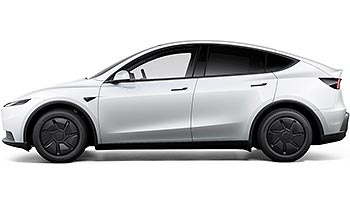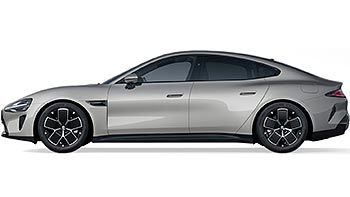Tesla is considering 800V architecture for the Cybertruck and Semi

The 800V architecture is all the rage these days, with Hyundai, Kia, Genesis, Audi, and Porsche all using it for their EVs. Tesla, however, has been a holdout, at least so far, but that may very well change in the near future.
During the Q&A session on the Tesla earnings call, someone asked why the company is avoiding using an 800V architecture for any of its models. The answer may surprise you. It turns out that Tesla is in fact considering switching the upcoming Cybertruck and Semi to 800V - but only those two.
 Tesla Semi
Tesla Semi
Why not any other cars? Apparently the company thinks the benefits of switching to 800V are outweighed by the overall cost of doing so, and thus there is little incentive to shift smaller EVs like the Model 3 and Model Y to 800V, according to Tesla's SVP of Powertrain and Energy Engineering Andrew Baglino. Here's the full quote:
For the smaller platform vehicles like 3 and Y, there's some wins and losses with 800 volts. Not everything is better. And so, we look at that platform, and we're not like ignoring the reality that you can go to a higher voltage, but there's nothing really encouraging us to do so on that platform. On bigger vehicles, where you're talking about higher power on the charging side or higher power from the battery to the power electronics or you need more torque, the current requirements go up. There's a little bit more semiconductor and actual conductor savings of going to the higher voltage. And so, we do consider that for Semi and Cybertruck. But for the 3/Y platform where we've got everything running, the benefit is questionably small.
Tesla CEO Elon Musk then chimed in to add that while going from 400V to 800V might save the company $100, it would add huge costs in shifting the charging infrastructure and "entire vehicle system" to use the higher voltage.
Related
Reader comments
Nothing yet. Be the first to comment.

















